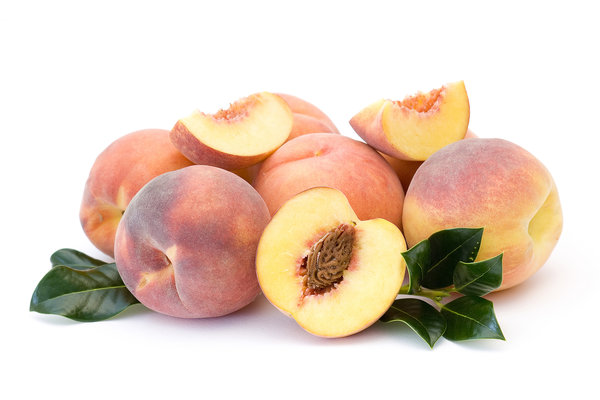Freestone peaches are a popular and convenient variety of peaches known for their easy-to-remove pits. Whether you’re looking to enjoy them fresh, bake them into delicious treats, or use them in preserves, this buyer’s guide will help you select the best Freestone peaches.
- Pit Ease: The primary characteristic of Freestone peaches is their easily removable pits. When selecting Freestone peaches, gently twist the peach in half along its natural seam. If the pit easily separates from the flesh, it’s a true Freestone peach. This makes them great for slicing and using in various recipes.
- Skin Color: Choose Freestone peaches with vibrant and consistent skin color. The skin can range from shades of yellow to red and might have some blush or mottling. Avoid peaches with greenish or overly pale skin, as they might not be fully ripe.
- Texture: Gently press the peach with your fingers. A ripe Freestone peach should yield slightly to pressure and feel soft without being overly mushy. Avoid peaches that are too hard or too soft, as they might not be at their optimal ripeness.
- Aroma: Bring the peach close to your nose and take a gentle sniff near the stem end. A ripe Freestone peach should have a sweet and fruity aroma. A noticeable scent indicates that the peach is ready to be enjoyed.
- Shape and Size: Choose Freestone peaches that are well-formed and symmetrical. They should be plump and feel substantial in your hand. The size you select will depend on your preferences and intended use.
- Stem and Bruises: Inspect the stem area of the peach. If the stem is still attached to a small piece of the branch, it indicates that the peach was harvested at the right time. Avoid peaches with dried or shriveled stems. Additionally, steer clear of peaches with visible bruises, cuts, or soft spots, as they can indicate damage or spoilage.
- Seasonality: Freestone peaches are typically available during the summer months, spanning from late spring to early fall. Their availability might vary depending on your location and the local growing season.
- Ripening: If you have slightly underripe Freestone peaches, let them ripen at room temperature. Placing them in a paper bag can expedite the ripening process. Adding a ripe banana or apple to the bag can help release ethylene gas, which promotes ripening.
- Storage: Once ripe, store Freestone peaches in the refrigerator to maintain their freshness. They should last for a few days. If you have unripe peaches, store them at room temperature until they’re ready to eat.
- Culinary Uses: Freestone peaches are prized for their ease of use in various culinary applications:
-Fresh: Slice the peach open, remove the pit, and enjoy the juicy, flavorful flesh. Freestone peaches are perfect for eating out of hand or adding to salads.
-Baking: The convenience of the pit removal makes Freestone peaches ideal for baking into pies, cobblers, and other desserts.
-Preserving: Their easy-to-remove pits also make them a favorite for making jams, jellies, and canned fruit.
11. Nutritional Benefits: Freestone peaches offer both taste and nutrition. They provide vitamins A and C, dietary fiber, and antioxidants, contributing to a healthy diet.
In conclusion, selecting ripe and versatile Freestone peaches involves considering factors such as pit ease, skin color, texture, aroma, shape, and overall quality. Enjoy these peaches’ convenience and flavor while they’re at their peak of sweetness and freshness, whether you’re enjoying them on their own or using them in your favorite recipes.
